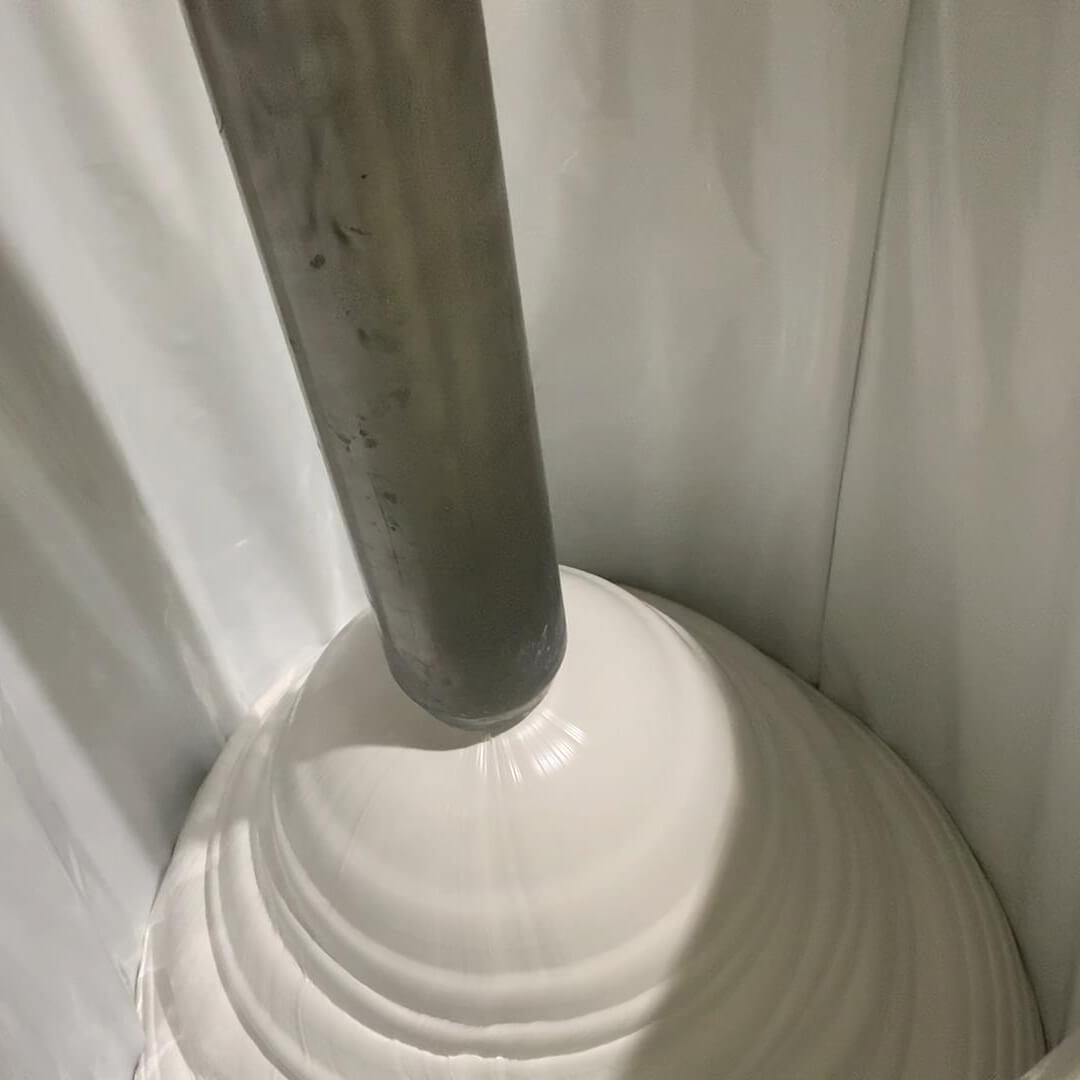To ensure the best performance of silicone sealants, it is important to follow certain measures while using them. Some of these measures are:
Proper Surface Preparation: The surfaces to be sealed or bonded must be clean, dry, and free from any dust, grease, or contaminants. This helps to ensure proper adhesion of the sealant.
Proper Application: The sealant must be applied evenly and in the correct amount to ensure that it fills all the gaps and joints properly.
Proper Curing: The sealant must be allowed to cure completely before it is exposed to any external factors such as moisture or temperature.
Raw Materials Used in Silicone Sealants
Silicone sealants are made of several raw materials that contribute to their unique properties. Some of the common raw materials used in silicone sealants are:
Silicone Polymer: The silicone polymer is the primary component of silicone sealants. It gives the sealant its excellent flexibility and adhesion properties.
Filler: Fillers such as silica are added to the sealant to improve its physical properties such as hardness and tensile strength.
Curing Agent: The curing agent is used to initiate the curing process of the sealant. Different types of curing agents are used depending on the type of sealant.
Additives: Additives such as pigments and UV stabilizers are added to the sealant to improve its appearance and resistance to external factors.
In conclusion, silicone sealants are versatile and useful materials that have a wide range of applications. Understanding the different types of silicone sealants, their properties, and using measures can help you choose the right sealant for your specific needs. Additionally, understanding the raw materials used





